The Tulieries
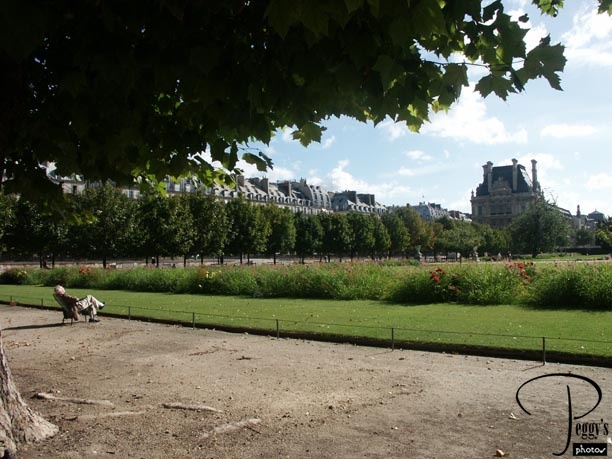
Being a very brave person, I decided this morning to risk, one more time, climbing those five flights of circular stairs up to Britt’s apartment. I was again invited for breakfast. This morning’s stair climb freaked me out even more than before and I made the decision that to keep my sanity that I would never ever climb them again and would stay henceforth in my nice hotel room with the nice lift. This was going to make my trip much more expensive than I had planned both for the extra nights in the hotel room and for all the meals that I would now have to eat out. I would also miss Britt’s cooking––she is a very good cook––but I would keep my sanity! After booking more nights at my hotel, Britt and I walked to her neighborhood museum, the Louvre. Britt was to give me a tour of the outside of the Louvre (I went to see the paintings inside it some days later). First, a walk through the Tulieries on the way to the Louvre. There are metal chairs all over the Tulieries for those who want to sit and rest and look at the beautiful scenery. The buildings on the left on are the Rue de Rivoli. The large building more to the right is Arts de la Mode et du Textile. It is part of the Louvre.

The Tulieries
More of the Tulieries
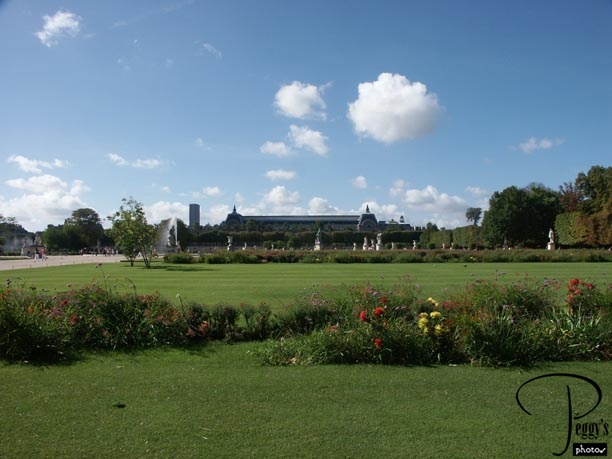
The building in the photo is the Musee de l’Orangerie, which Claude Monet’s the water lily series fills the ground floor. We missed going here––something (among many things) to see the next time in Paris.

More of the Tulieries
More of the Tulieries
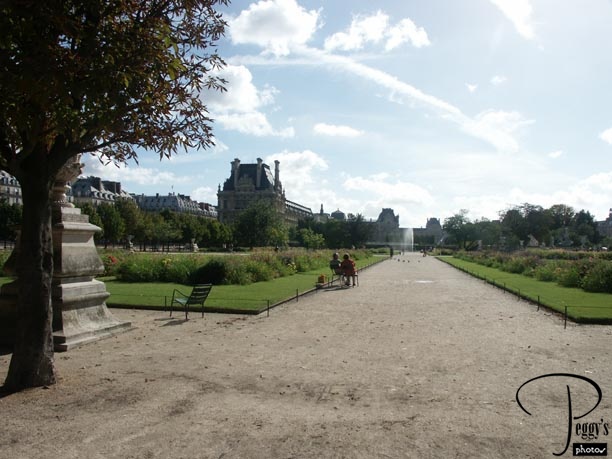
Another view of the Tulieries and the Louvre.

More of the Tulieries
The “French Mounted Police”
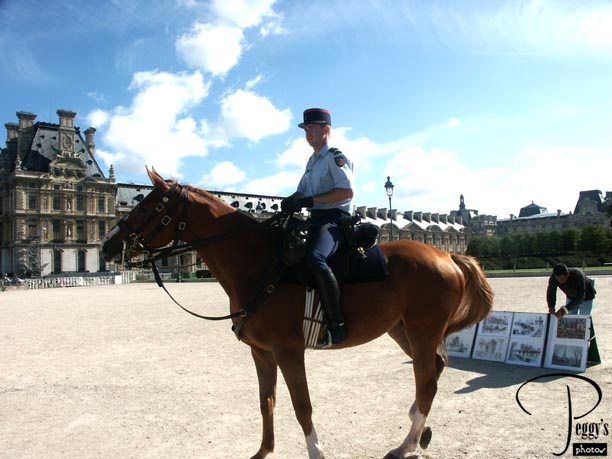
They were checking both the permits and placements of the vendors selling pictures of Paris scenes.

The “French Mounted Police”
Arc de Triomphe du Carrousel
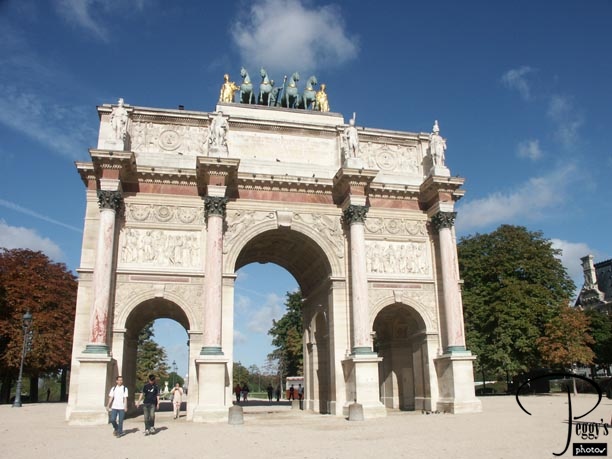
You walk through this arch built by Napoleon in 1806–08 as an entrance to the Tulieries (or going from the Tulieries to the Louvre) and in celebration of Napoleon’s victories in 1805. The soldiers of the Grande Armee top the marble columns.

Arc de Triomphe du Carrousel
Arc de Triomphe du Carrousel
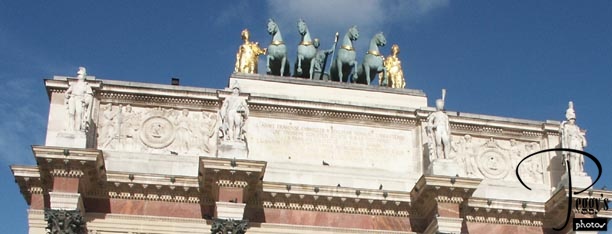
Close–up of the top of the arch.

Arc de Triomphe du Carrousel
Arc de Triomphe du Carrousel
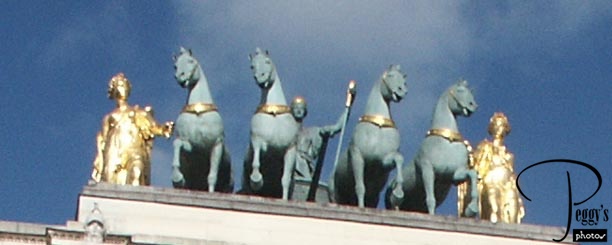
Another close–up view of the top of the arch.

Arc de Triomphe du Carrousel
The Louvre
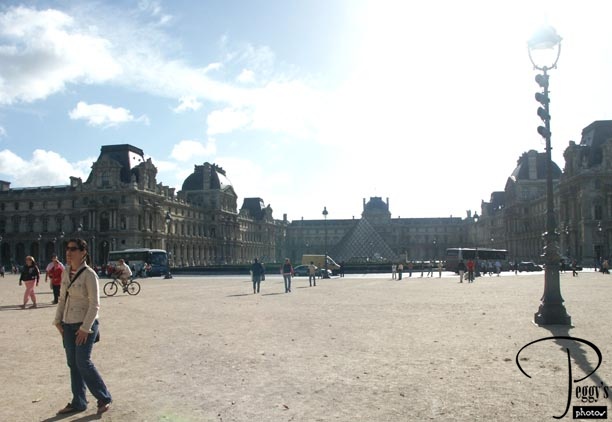
The front of the Louvre. There’s Britt. The Louvre was constructed in 1190 by King Philippe–Auguste as a fortress to protect Paris from raids by the Vikings. About 1360, Charles V transformed the fortress into a palace. It was then replaced by Francois I with a Renaissance–style building. Four centuries of kings and emperors added additions to the building, which ended up making the Louvre a mammoth–sized structure.

The Louvre
The Louvre
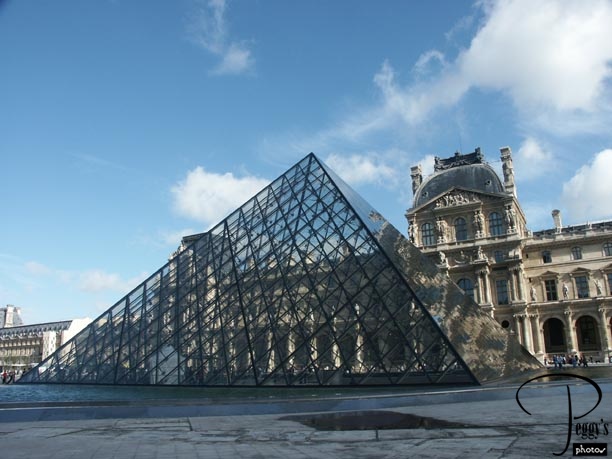
The latest addition to the Louvre is the Pyramid Entrance, designed by I. M. Pei. It was opened in 1989. You enter the Louvre through this structure and then take an escalator to below street level, then a escalator up to the part of the museum you want to visit.

The Louvre
The Louvre
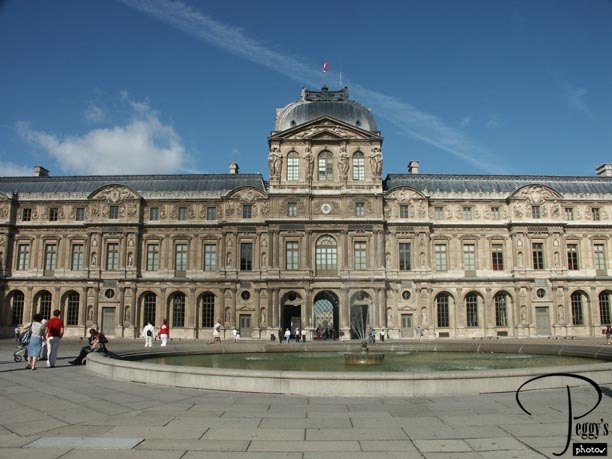
The inner courtyard at the back of the building.

The Louvre
The Louvre
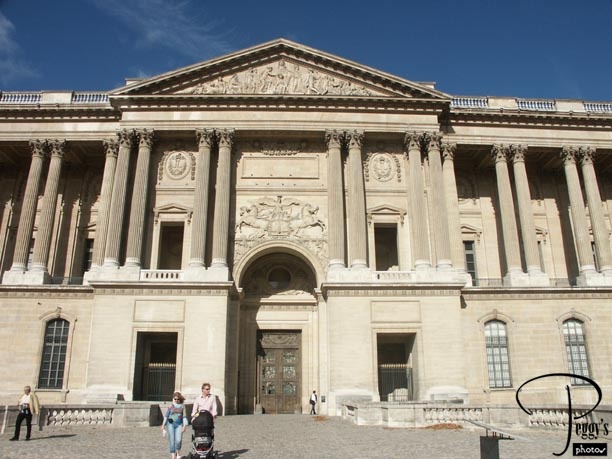
The east facade of the Louvre, called Perrault’s Colonnade, after its designer. Built in the mid–17th century.

The Louvre
The Louvre
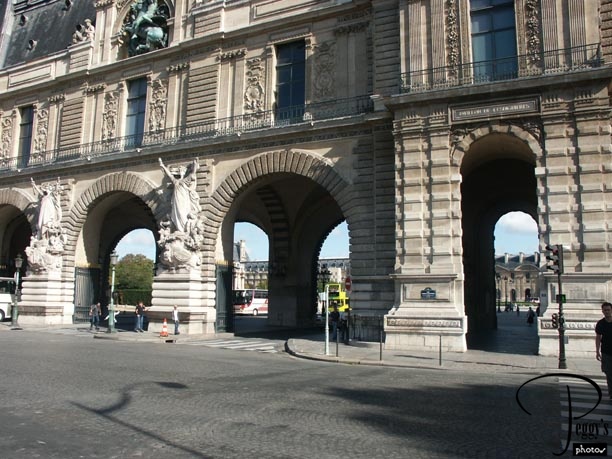
Motor entrances to the front of the Louvre.

The Louvre
The Louvre
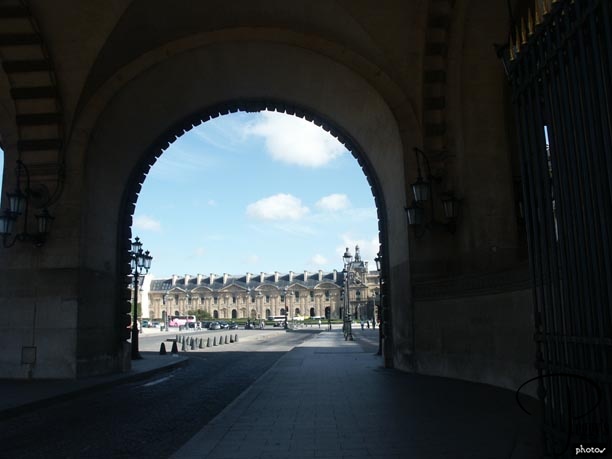
The Louvre through one of the arches above.

The Louvre
The Louvre
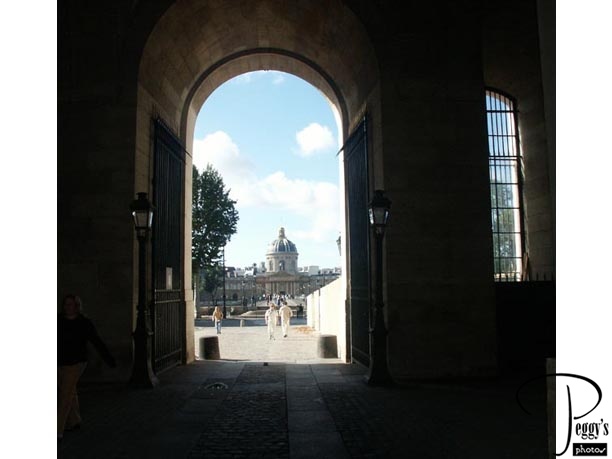
The back of the Louvre faces the Seine. This is the Ecole Nationale Superieure des Beaux Arts seen across the Seine from one of the arches at the back of the Louvre.

The Louvre
The Seine
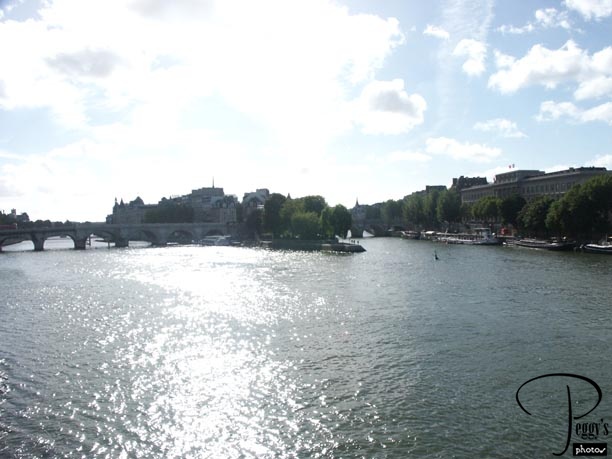
Looking across the Seine from the back of the Louvre. This photo shows the Ile de la Cite. This is where we took our Seine cruise from yesterday. You can see a sightseeing boat docked there.

The Seine
The Paris Metro
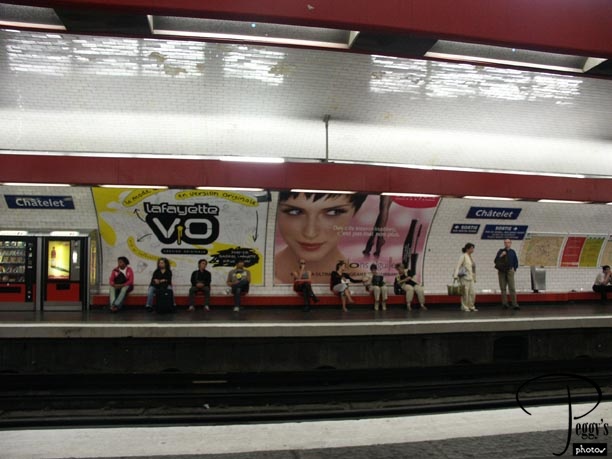
We walked back from the Seine, through the outside of the Louvre buildings, then through the Tulieries, to the Tulieries Metro station, where Chris met up to join us for the rest of the day’s adventures. We changed at the Chatelet Metro Station. We were to meet Meg and Jovan for lunch.

The Paris Metro
The Paris Metro
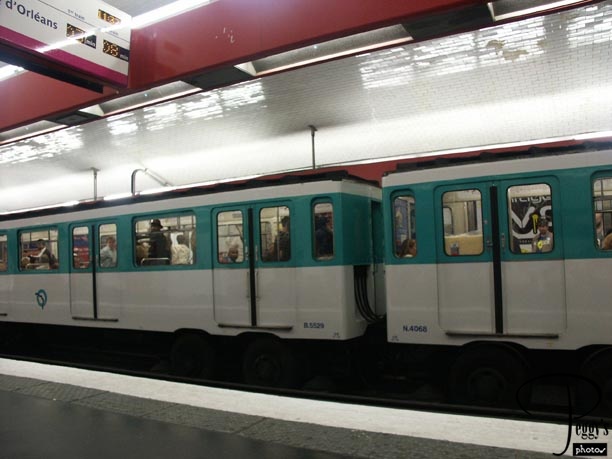
A Paris Metro train. There are two movie clips on this website of the Paris Metro: Go to Movies, Western Europe, France, “Paris Metro Music” and “More Paris Metro Music.”

The Paris Metro
La Closerie des Lilas
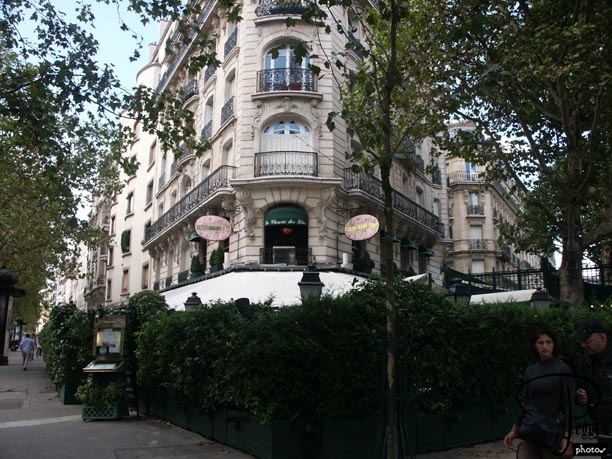
ovan and Meg treated us to a wonderful lunch at the La Closerie des Lilas (The Garden of the Lilacs). This is a famous restaurant that opened in 1847 and has had as some of its clientele Picasso, Henry James, Lenin, Whistler, and Ernest Hemingway. I took home (with permission) an astray with Ernest Hemingway’s signature on it. I don’t remember what I had to eat because of the very bad influence of my daughter. Yesterday at lunch, she encouraged me to drink some wine (when in France…..). I only had less than a glass of wine yesterday and did okay with it (I drink very very seldom), but today she thought I should drink more wine, which I did. I drank way too much (two glasses) and I knew I needed some coffee right away! This is France and each cup of coffee is made up as a small production and it took some time to have the coffee served. It helped. (In fairness, I was also a bad influence on Britt. I encouraged her both to eat out with me––megacalories with those French sauces and breads––and to join me in eating French pastries. She gained 10 pounds while I was with her.)

La Closerie des Lilas
Les Invalides
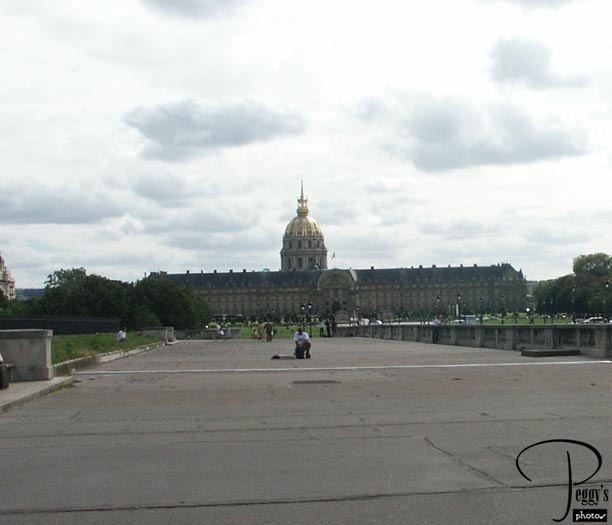
After lunch, we said goodbye to Jovan as he was returning to his hotel. Yesterday at lunch I got away with giving him (and Meg) real California hugs, but this is France and today Jovan insisted on the French type of goodbye (also used as a hello). This entails one of the two saying hello or goodbye kissing first one cheek of the other person and then the other cheek. This is repeated by the other person to you. It is a very nice custom but took someone from California some getting used to. I saw fellow employees of cafes doing this when they greeted each other in the morning when they got to work (imagine kissing your co–workers every morning!) and, of course, by friends when they met. I thought it was a very nice custom but I don’t think it will catch on in the U.S. in the near future, though in Los Angeles anything is possible. So, then, Chris, Britt, Meg, and I, me still inebriated and thinking it very poor behavior for me to be quite tipsy and in the Paris Metro with my daughter, her boyfriend, and my cousin), took the Metro to Invalides, site of the Dome Church and Napoleon’s Tomb.

Les Invalides
Les Invalides
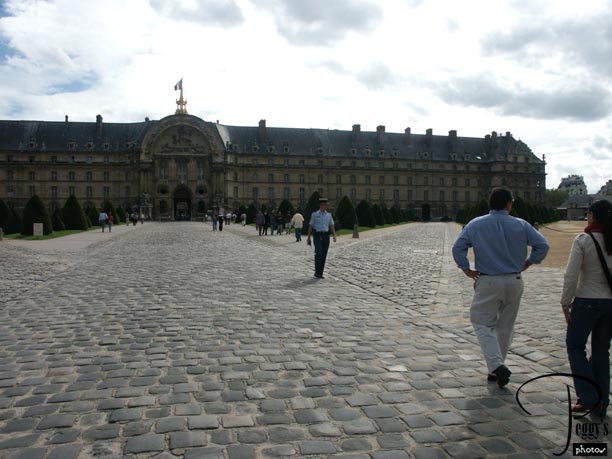
Closer up view. This was built from 1671 to 1676 by Louis XIV for his wounded and homeless soldiers and veterans and as a monument to himself. In its center is the Sun King’s Dome Church, where Napoleon is buried. His body was moved here from St. Helena, where he had died 19 years earlier. Britt and Chris are also in the photo. This is on the Right Bank of the Seine, with about four blocks of gardens between the Seine and it. It is toward the Eiffel Tower from the Tuleries.

Les Invalides
Les Invalides

Conical trees in front of the building.

Les Invalides
Les Invalides
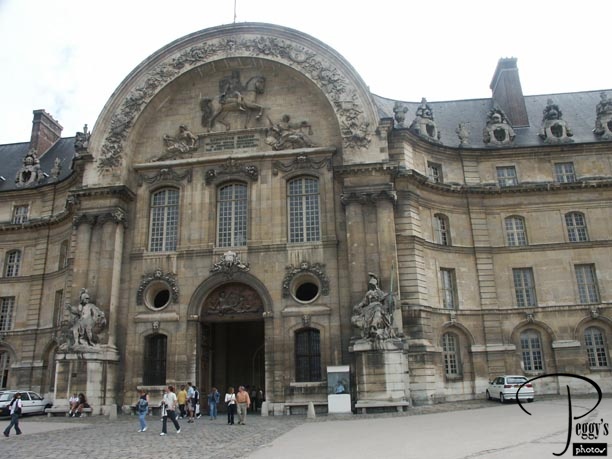
Closer up view of the front of the building.

Les Invalides
Les Invalides
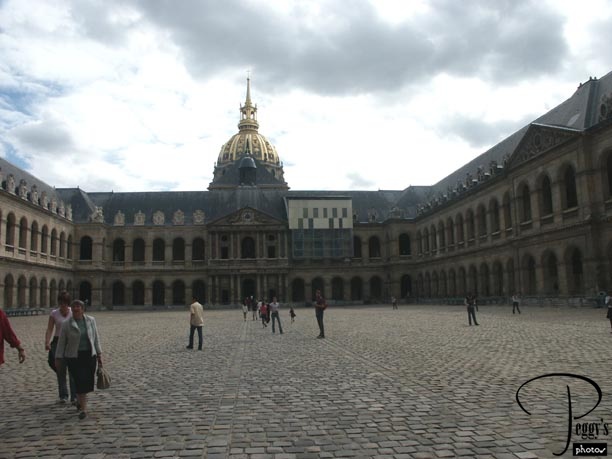
Inside the courtyard with the Dome Church in the background.

Les Invalides
Les Invalides
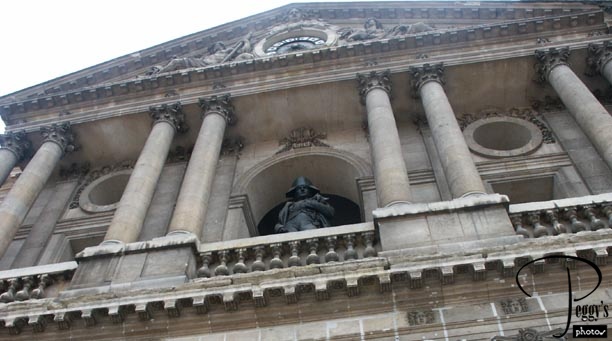
There’s Napoleon.

Les Invalides
Les Invalides
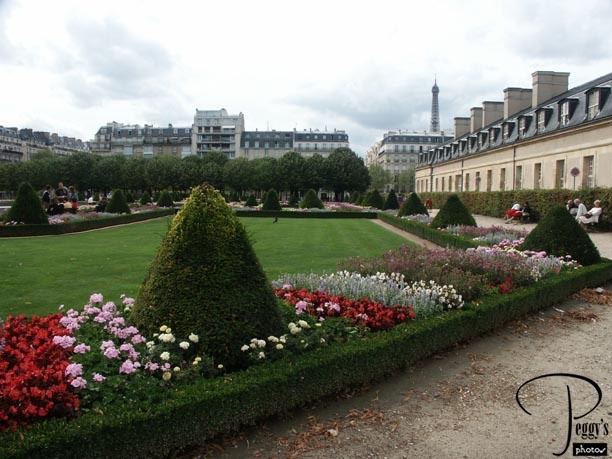
Garden at the back. You can see Tour Eiffel from here.

Les Invalides
The Dome Church
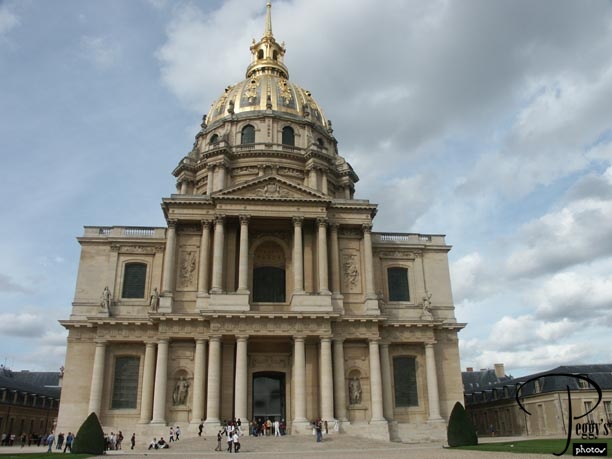
The Dome was built in the 17th century at the request of Louis XIV. It was to house the royal tombs, but in 1840 Louis–Philippe instead decided to bury Napoleon’s remains in the crypt. Marshall Foch and other military people are buried here also and this has become a French military memorial.

The Dome Church
The Dome Church

Inside of the dome.

The Dome Church
Napoleon’s Final Resting Place
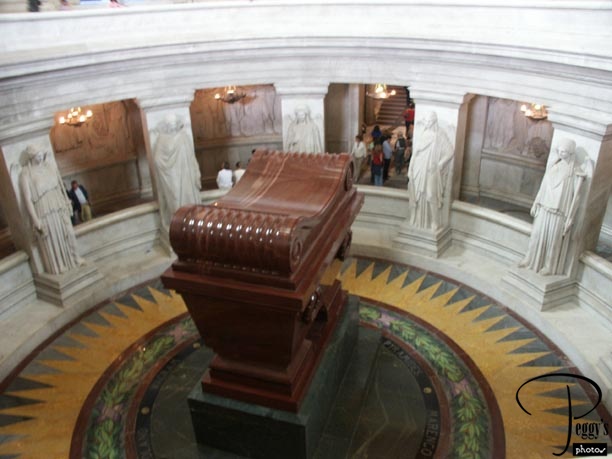
Napoleon’s remains were encased in six coffins and placed in the crypt in 1861.

Napoleon’s Final Resting Place
The Dome Church
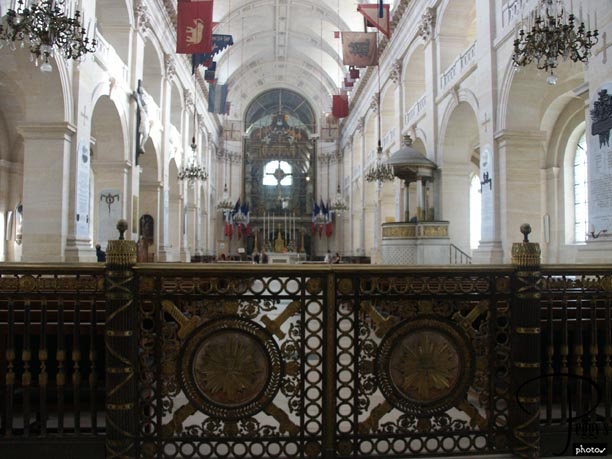
The chapel in the Dome Church.

The Dome Church
The Dome Church
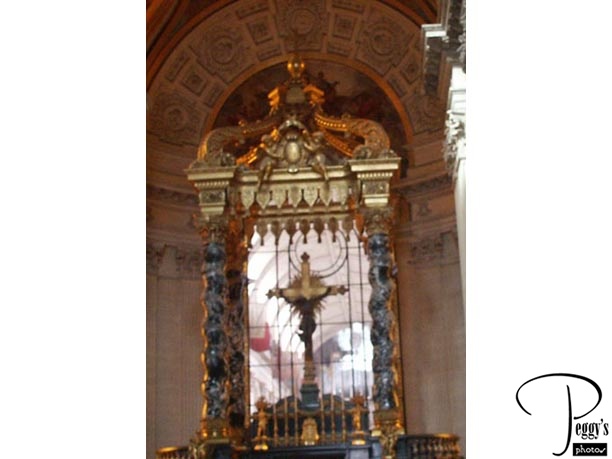
Close up of the altar. After visiting Les Invalides, Chris took Meg back to her hotel and Britt took me back to my hotel. I stopped off to pick up a sandwich and a French pastry for dinner from a local shop,which I ate after sleeping off my excessives of the day.
